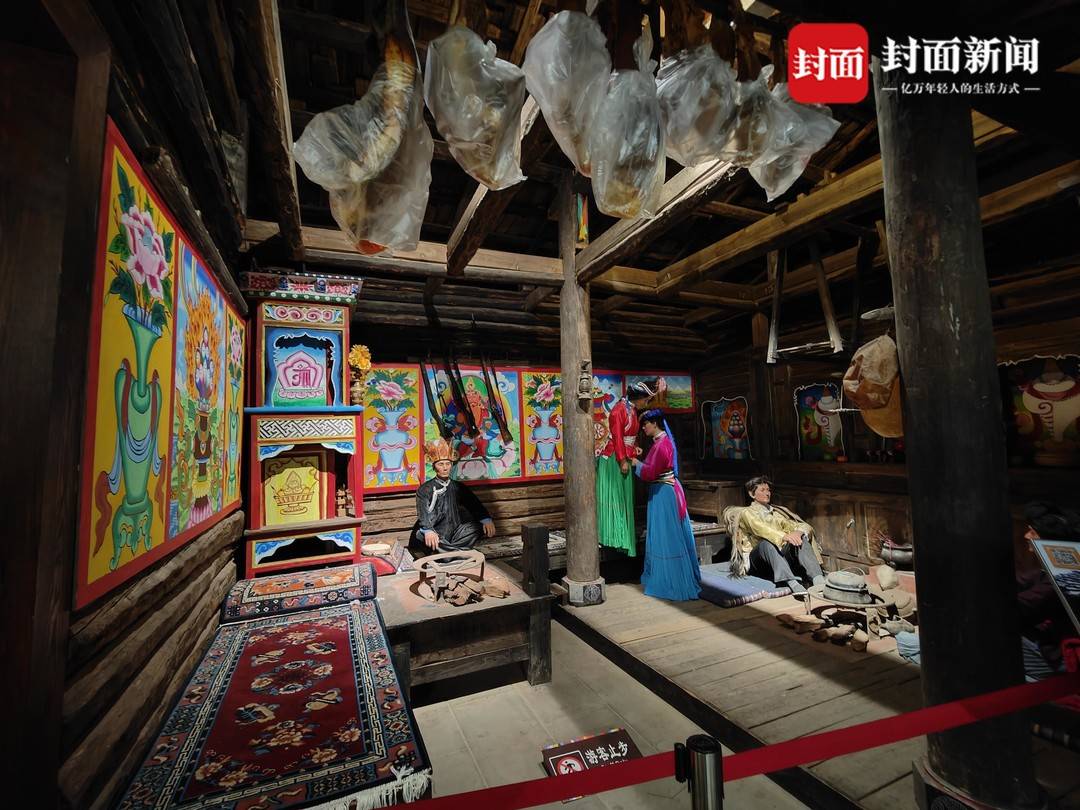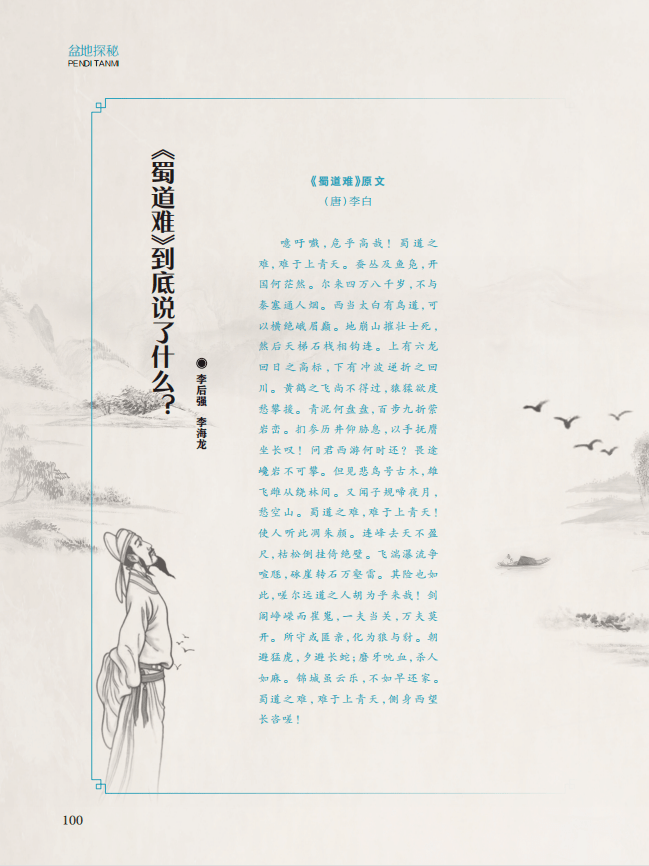Fill in archeological gaps!Zhang Pingqi and Dong "Stunning"
Author:Red Culture Weekly Time:2022.06.29
Fill in archeological gaps! Zhang Pingqi and Dong "Stunning"
It is generally believed that modern Chinese archeology was born in the excavation of Swedish scholar Anton in 1921 at the Yangshao site of Xichi, Henan. The Yangshao culture is 7000 ~ 4700 years ago. Its discovery fills the gap in Chinese prehistoric culture, many excavated sites, rich unearthed utensils, and the most famous with color pottery.
It is based on archeology that through the analysis of the fossils discovered, the upright people have been found in many places in China. The 250,000 -year -old Beijing Fangshan Zhoukou "Beijinger".
Better gaze back to Fujian: In the era of Paleolithic 10,000 years ago, did Fujian appear "people"? Sanming Wanshouyan was re -found, and the ancient homeland of Fujian people 185,000 years ago gradually revealed to the world.
From Wanshouyan's "departure", time has evolved to the middle and late period of the Paleolithic era. Where does "Fujian people" go?
According to experts, at present, there are 4 human fossils in the Paleolithic era found in Fujian Province, all of which are advanced Homo sapiens fossils, namely the humerus fossils found in the Dongshan waters of Zhangzhou, the humerus and tibial fossils found in the seas of Shishi in Quanzhou, and Sanming Qingliu County Fox hole 5 tooth fossils, 8 tiger caves in Sanming Ninghua County, 8 tooth fossils.
However, because the relevant cultural layers are small or disabled, it is difficult to obtain the human survival information from the fossil analysis. For example, the fossils discovered by Dongshan County and the "Dongshan people" in the academic world were salvaged when fishermen were fishing at sea. It is difficult to prove that it was Dongshan or Drinking to Dongshan.
The transition from the Paleolithic era to the Neolithic era, Fujian's current archeological materials are relatively lacking, mostly collected on the ground, and lack of annual data measurement data. It was not until the discovery of the Qihe Cave site of Longyan Zhangping City that it was filled with the archeological gaps of the "old new" transition period.
Qihe Dong is located in Xianghu Town, Xianghu Town, northeast of Zhangping City. It is about an hour's drive from Zhangping City. The mountains where Qihe Dong is located, the locals call Qihe Mountain, are a high -quality limestone mine. In the 1990s, foreign investors bought the mining rights of this mountain and began to explode the mountains.
Qishi Mountain belongs to Karst landforms. There are originally one large and two caves on the mountain. It is warm in winter and cool in winter, quiet and mysterious. Essence However, because of the mining of the bombing, the villagers have repeatedly conflicted with the mine owners. Later, a village cadre thought about a "trick": investing in the cave to do karaoke, trying to stop or delay the bombing of the mountain.
Whether it is the mine owner or local villagers, everyone does not know that there is a "treasure" here, until the amazing discovery of 2008, it changed all of this.

Qihe Dong Site Source: Minxi Daily
During the third national cultural relics census in 2008, Longyan Cultural Cultural Relics Department organized three special investigations. One of them was a "Ancient Human Cave Site" survey. trace. But at the beginning, the archeological team visited several caves in large and small, and no fossil was found. Unwilling, they invited Researcher Fan Xuechun from Fujian Museum.
Fan Xuechun led a team to visit several caves in Chishui and other towns, and it was also found. On the afternoon of December 18, 2008, they arrived at Qihe Cave. As soon as I got the car, the experienced Fan Xuechun faintly felt a little different: there was a stream in front of the cave, and the entrance of the cave was like a driving sailing. The natural geographical environment was similar to Sanming Wanshouyan. At that time, mining was still ongoing. With the danger of falling on the stone, Fan Xuechun and his party entered the hole in the hole.
Unexpectedly, the lucky goddess this time was abnormal. Huang Dayi, the Zhangping Museum of Zhangping City, touched a smooth "stone" in a hole and handed it to Fan Xuechun. "This is a Chinese rhino -molar fossil, at least 100,000 years ago. Chinese rhino has long disappeared." Fan Xuechun and players were very excited!
The next day, Zhangping issued an emergency notice of stopping mining. The Longyan Municipal Government and the Cultural Cultural Relics Department also immediately formed a consensus: organize professional forces as soon as possible and conduct archeological excavations.
In January 2009, the Fujian Museum, Longyan Culture and Publishing Bureau, and Zhangping Museum jointly formed an archeological excavation team to carry out the first rescue archeological excavation, and Fan Xuechun served as the leader. For the first time, there was a major discovery. The teeth fossils of hundreds of mammalia were excavated. Among them, the number of fossils (the closest mammal doors) of the spirit (the nearest mammalian door) exceeded the sum of the number of cultural relics in other parts of Fujian.

Various types of animal tooth fossil sources: Fujian Provincial Cultural Relics Bureau
From 2009 to 2011, the archeological team conducted three archeological excavations on the Qidong site, with an excavation area of about 120 square meters. In the meantime, researcher You Yuzhu, Researcher You Yuzhu, Researcher Gaoxing, Researcher Chen Xingcan of the Institute of Archeology of the Chinese Academy of Social Sciences, and Professor Jiao Tianlong of the University of Hawaii at the Institute of Archeology of the Chinese Academy of Social Sciences came to participate in excavation, inspection, identification Essence
In February 2012, the Fujian Provincial Bureau of Cultural Relics organized the archeological demonstration meeting of Qihe Cong site.Experts generally believe that Qihe Cave site is rich in materials and has great academic value. It is a precious ancient cultural heritage.In April 2012, as the only evaluation project in Fujian Province, the "2011 National Top Ten Archaeological Discovery" selected by the Qidong Site was selected as organized by the National Cultural Relics Bureau.Source: Zhangping Rong Media
Comprehensive editor: Cultural Tourism Longyan
- END -
Visit the Sanyuan Mosuo Museum to experience the unique Mosuo culture

Cover news reporter Xun ChaoAs a human habitat, the history of civilization that c...
[History and Culture] What exactly did "Shu Dao Difficulty" say?‖ Li Houqiang Li Hailong

This article contains Bashu History, No. 2, 2022What exactly did Shu Dao Difficult...